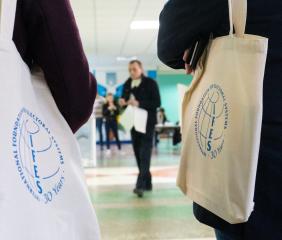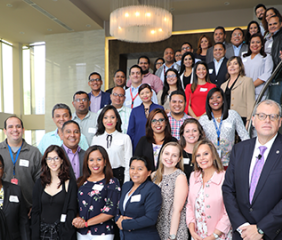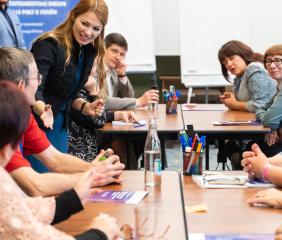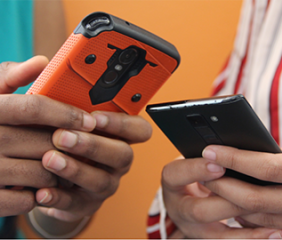Tools & Resources
Filter by
Type
Publication date
Language
Type
Publication date
Language
Election Material
Civic Education Material
Civil Education Outreach Project for Romania
This proposal for the “Civic Education Outreach Program for Romania” by IFES outlines its plans for the promotion of democratic concepts into the country as well as plans for voter education. Published on March 31, 1992 this proposal includes program objectives, plans for implementation, and a core curriculum with the goal of providing Romanians the means to participate in democratic elections.
Election Material
Ballot
Romania Local (Mayor) Ballot 1992
Ballot used in the 1992 mayoral election in Galati on 9 Febraury 1992.
Election Material
Ballot
Romania Local Council Ballot 1992
Ballot used for the City Council elections in Galati held on 9 February 1992. Voters selected a party list of candidates for proportional seating on the Council.
Election Material
Civic Education Material
Cum Votam
“How Do We Vote?” is a voter handbook issued in 1992, available in Romanian, in lead up to the September 27, 1992 General Elections in Romania, when people were expected to vote for the Parliament (the Senate and the Chamber of Deputies) and for the President. The handbook is intended to inform voters about the voting procedures giving precise instructions on how to correctly exercise one’s right to vote.
Election Material
Civic Education Material
Conciencia (Boletin No 2)
“Conciencia (Bulletin Nr. 2)” is a February 1991 civic education program bulletin, available in Spanish, issued in Ecuador. The bulletin contains articles on the Second Bolivarian Conference of Civic Institutions, women in democracy as well as it gives insights on civic education and program training info related to it. Additionally, it lists 17 human rights.
Election Material
Civic Education Material
Comic on Children's rights: "y ahora quien podra garantizarnos nuestros derechos, rondamon?"
““And Now, Who will be the One Guaranteeing our Rights, Rondamon?” is a cartoon from a periodical, available in Spanish, published in 1990 in a newspaper in Ecuador. The document is a commentary of upholding of children’s rights illustrated in a periodical comic. The photo depicts a little girl inserting her vote in the ballot box which is being held by a representative from the Supreme Electoral Tribunal. The question she is asking him is “And now, who will be the one guaranteeing our rights, Rondamon?”
Election Material
Civic Education Material
TSE hizo la convocatoria para elecciones infantiles
“The Supreme Electoral Tribunal Calls for Child Elections” is a periodical article, available in Spanish, issued in 1990 by “Universo” newspaper in Ecuador. The article announces call to children to vote in the June 30, 1990 child elections and it explains how to participate in the elections. Additionally, the article presents the listing of the children’s rights.
Election Material
Civic Education Material
Un ejemplo para los adultos
“An Example for the Parents” is a periodical article, available in Spanish, issued in 1990 in Ecuador, in the aftermath of the June 30, 1990 child elections in Ecuador. The periodical contains various articles that cover the experience of having witnessed the first child elections in Ecuador. The articles present the occurrence as having been successful and exciting for the children who were eager to come to the polling stations. The periodical also includes some articles covering other topics.
Election Material
Civic Education Material
Preguntas de la semana
“Questions of the Week” is a periodical article, available in Spanish, published in 1990 by “Hoy” newspaper in Ecuador. The article features the responses Ecuadorian children gave the newspaper “How” with respect to children’s rights and which of the 14 rights was their favorite. The responses come from five children with ages ranging from 8 to 12 and who come from different social backgrounds.
Election Material
Civic Education Material
Cronologia
“Chronology” is an informative document, available in Spanish, issued in 1990 by the Central Bank of Ecuador and UNICEF in lead up to the 1990 organized child elections, a premiere in Ecuador’s history. The document presents the chronological order of accomplishments and events related to the “Child Worker Program."



